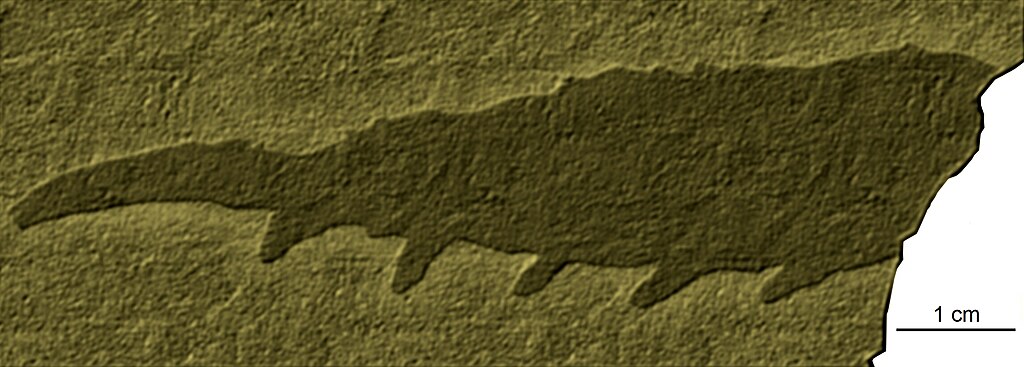In the grand narrative of Earth’s history, few geological phenomena have had as profound an impact on life as supervolcanoes. These massive eruptions, dwarfing anything in human experience, fundamentally altered environments and ecosystems across vast regions, creating evolutionary pressures that shaped the development of dinosaurs and other prehistoric life forms. The relationship between these colossal volcanic events and dinosaur evolution represents one of the most fascinating intersections of geology and paleontology, revealing how catastrophic events can redirect the course of life on our planet.
The Nature of Supervolcanoes

Supervolcanoes represent Earth’s most extreme form of volcanic activity, characterized by eruptions that expel more than 1,000 cubic kilometers of material – hundreds of times larger than typical volcanic eruptions we witness today. Unlike conventional volcanoes with their distinctive cone shapes, supervolcanoes often form massive calderas, huge depression-like structures created when the land collapses into partially emptied magma chambers after an eruption. These geological titans don’t simply erupt; they explode with forces that reshape continents, alter global climate patterns, and trigger mass extinction events. The Yellowstone Caldera, Toba in Indonesia, and the Long Valley Caldera in California stand as dormant examples of these sleeping giants, each capable of global-scale disruption should they fully awaken. Their eruption cycles operate on timescales of hundreds of thousands or millions of years, making them particularly relevant to understanding the long arc of dinosaur evolution.
Tracking Supervolcanic Activity in the Mesozoic Era
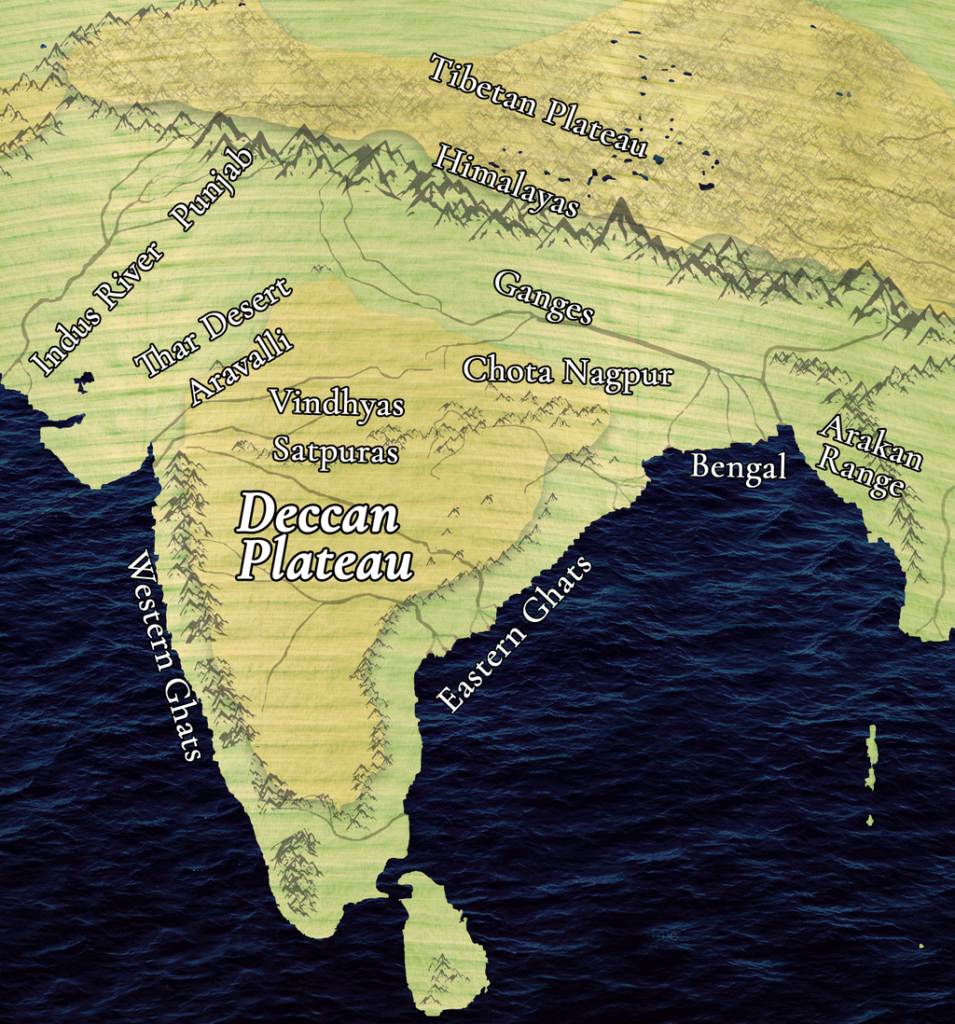
During the Mesozoic Era (252-66 million years ago), the age of dinosaurs, Earth experienced multiple supervolcanic events that left their signatures in the geological record. Formations like the Siberian Traps, formed about 250 million years ago, represent one of the largest volcanic events in Earth’s history, coinciding with the Permian-Triassic extinction that preceded the rise of dinosaurs. The Central Atlantic Magmatic Province, formed around 201 million years ago, correlates with the end-Triassic extinction. The Deccan Traps in India, formed around 66 million years ago, coincided with the end-Cretaceous extinction that eliminated non-avian dinosaurs. Geologists identify these ancient supervolcanic provinces through massive flood basalt formations, ash deposits in sedimentary layers, and geochemical signatures in rocks from the relevant time periods. These volcanic provinces covered hundreds of thousands of square kilometers and erupted over periods lasting hundreds of thousands of years, creating prolonged environmental stress rather than single catastrophic events.
Environmental Impacts of Supervolcanic Eruptions

When supervolcanoes erupt, they fundamentally transform environments on regional and global scales. The immediate effects include devastating pyroclastic flows that destroy all life in affected areas, covering thousands of square kilometers in ash and debris. More far-reaching effects come from the enormous quantities of sulfur dioxide, carbon dioxide, and other gases injected into the atmosphere. Sulfur compounds form aerosols that reflect sunlight back to space, causing short-term global cooling often termed “volcanic winter” that can last years or decades. Meanwhile, carbon dioxide contributes to longer-term warming through greenhouse effects, potentially lasting thousands of years after initial cooling subsides. These climate oscillations create environmental instability, disrupting food webs and altering plant communities that form the base of dinosaur diets. Additionally, acid rain from volcanic gases damages plants and acidifies water bodies, while fine ash particulates can cause respiratory issues in animals and block sunlight needed for photosynthesis.
The Permian-Triassic Extinction: Setting the Stage

The Permian-Triassic extinction event, occurring approximately 252 million years ago, represents the most severe mass extinction in Earth’s history, eliminating roughly 96% of marine species and 70% of terrestrial vertebrate species. This catastrophic event coincided with the eruption of the Siberian Traps, a massive supervolcanic event that produced enough lava to cover the entire United States to a depth of one kilometer. The environmental consequences included global warming of 5-10°C, ocean acidification, and widespread anoxic conditions in the oceans. This extinction cleared ecological niches and dramatically reduced competition, creating opportunities for the survivors to diversify. Among these survivors were the archosaurs, the group that would eventually give rise to dinosaurs, pterosaurs, and crocodilians. The relatively rapid evolution of these groups in the Early Triassic likely wouldn’t have occurred without the ecological reset provided by this supervolcanic-triggered extinction event, essentially setting the evolutionary stage for dinosaur dominance in the following Jurassic period.
The End-Triassic Extinction and Dinosaur Ascendency
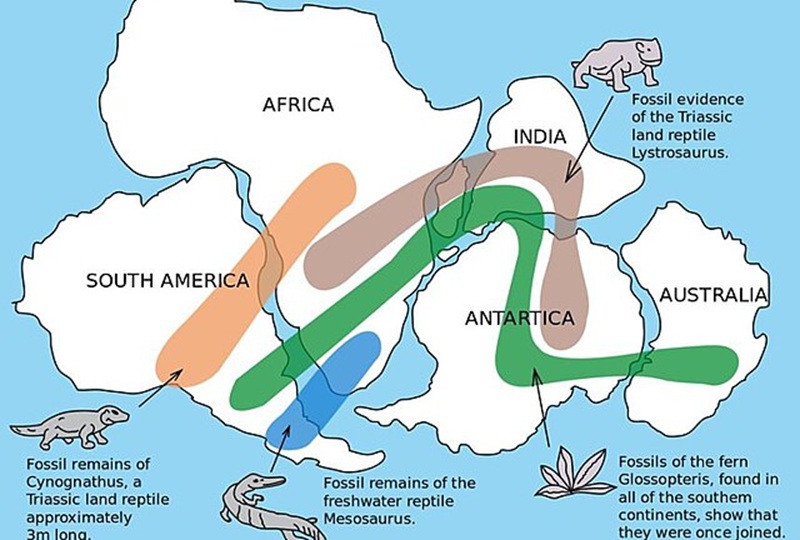
Approximately 201 million years ago, another significant extinction event occurred at the Triassic-Jurassic boundary, eliminating about 80% of species and coinciding with the eruption of the Central Atlantic Magmatic Province (CAMP). This supervolcanic province formed as Pangaea began breaking apart, creating what would eventually become the Atlantic Ocean. The resulting environmental changes included rapid climate warming of 3-4°C and ocean acidification that devastated marine ecosystems. While many archosaur lineages suffered in this extinction, the true dinosaurs were among the survivors that capitalized on the ecological vacuum. Prior to this event, dinosaurs competed with many other archosaur groups, including large crocodile-like predators that may have constrained dinosaur evolution. The end-Triassic extinction selectively advantaged dinosaurs, perhaps due to their efficient respiratory systems, high metabolic rates, or other adaptations that proved beneficial in the post-extinction environment. Following this extinction, dinosaurs rapidly diversified and increased in both size and ecological dominance, spreading across all continents and evolving into the wide variety of forms that would dominate terrestrial ecosystems throughout the Jurassic and Cretaceous periods.
Adaptive Radiation Following Volcanic Disruptions
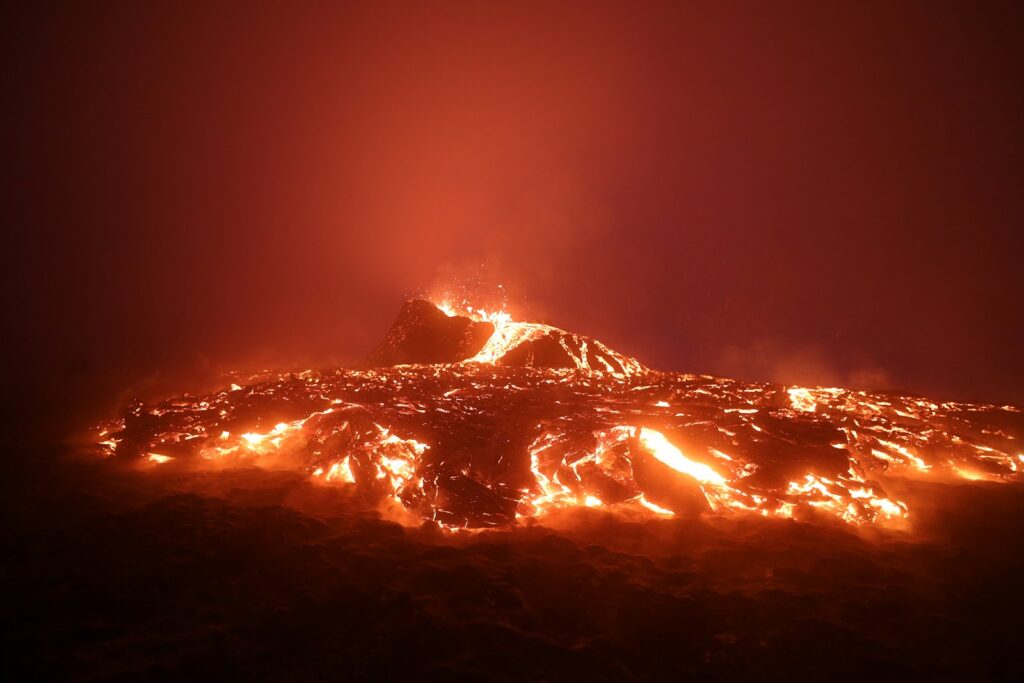
Supervolcanic events, while initially devastating, created conditions that sparked remarkable evolutionary innovation among dinosaur lineages. Following major eruption periods, surviving dinosaur populations often experienced adaptive radiation – rapid diversification into new species and ecological niches. This process occurred because supervolcanic eruptions dramatically reshaped landscapes, creating novel environments with different selective pressures and reduced competition. Paleontological evidence shows pulses of dinosaur diversification following major volcanic perturbations throughout the Mesozoic era. For example, after the end-Triassic extinction associated with the CAMP eruptions, sauropod dinosaurs began their trend toward gigantism, eventually becoming the largest land animals ever to walk the Earth. Similar patterns of innovation followed other major volcanic disruptions, with new feeding strategies, defensive adaptations, and locomotion methods evolving in response to changing environments. This pattern demonstrates a fundamental principle of evolution: catastrophic disruptions, while initially reducing biodiversity, often create conditions that ultimately increase it through adaptive radiation of survivors.
Geological Evidence: Dinosaur Fossils in Volcanic Contexts
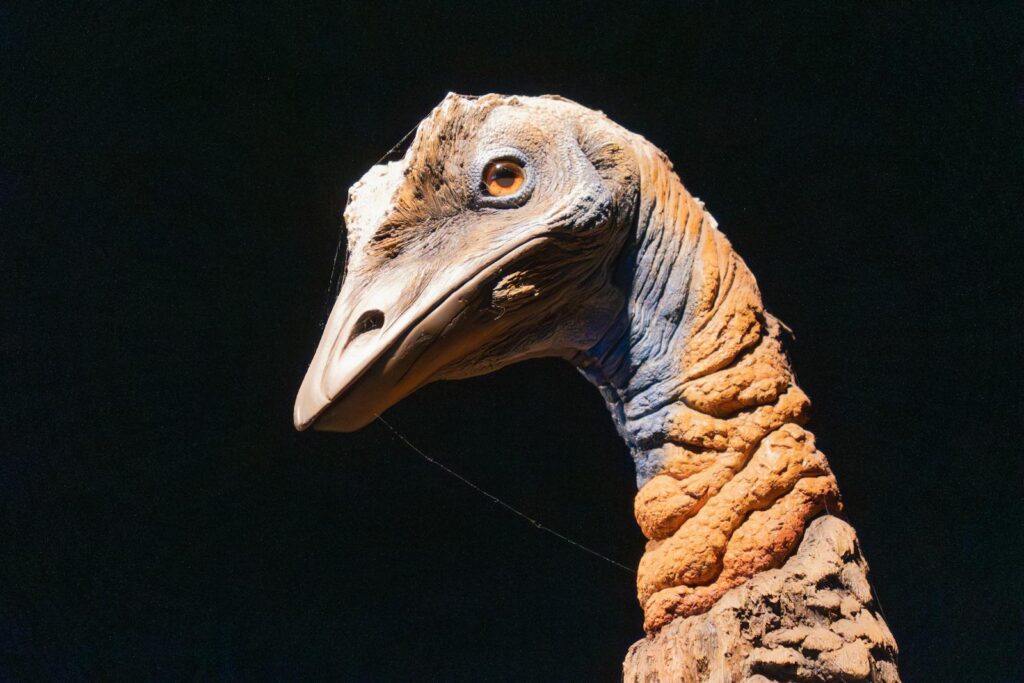
The relationship between supervolcanoes and dinosaur evolution is directly evidenced in the geological record, where dinosaur fossils are frequently preserved in contexts associated with volcanic activity. Ash falls from volcanic eruptions provide exceptional preservation conditions, rapidly burying organisms and creating detailed fossil impressions that include soft tissues, skin textures, and even feather impressions. The famous Jehol Biota in northeastern China, containing exquisitely preserved dinosaur fossils including many feathered species, was formed in a region with intensive volcanic activity during the Early Cretaceous period. Similarly, the famous dinosaur fossils of the Two Medicine Formation in Montana were preserved in volcanic ash deposits. Beyond merely preserving fossils, these volcanic contexts offer critical time markers that help paleontologists establish precise dating for evolutionary developments. Radiometric dating of volcanic ash layers provides more accurate age estimates than most other dating methods, allowing scientists to pinpoint when specific dinosaur species lived and disappeared. These dated fossil assemblages reveal how dinosaur communities changed in response to volcanic perturbations, showing shifts in species composition, body sizes, and ecological relationships.
Respiratory Adaptations to Volcanic Atmospheres

One of the most significant evolutionary adaptations that may have helped dinosaurs survive and thrive during periods of volcanic activity was their highly efficient respiratory system. Unlike mammals, dinosaurs possessed a bird-like respiratory system with air sacs that extended beyond their lungs, creating a one-way flow of air that extracted oxygen more efficiently than the bidirectional breathing of mammals. Paleontological evidence for this system comes from pneumatic features in dinosaur vertebrae and bones, indicating the presence of air sacs similar to those found in modern birds. This respiratory efficiency would have provided critical advantages during periods of atmospheric stress caused by volcanic eruptions, when oxygen levels might have been compromised by ash and gases. Research suggests that air quality during major eruption periods would have deteriorated significantly, with fine particulates and toxic gases creating respiratory challenges for all land animals. The dinosaurs’ respiratory adaptations may have allowed them to better cope with these conditions compared to mammal-like reptiles and other competitors, potentially explaining why dinosaurs survived and thrived through multiple volcanic episodes that triggered extinctions in other groups.
Dietary Shifts in Response to Post-Eruption Flora

Supervolcanic eruptions dramatically altered plant communities through direct destruction, climate change, and acid rain, forcing dinosaur populations to adapt their feeding strategies to survive. Following major eruptions, the first plants to recolonize affected areas were typically ferns and other pioneer species, creating “fern spikes” that appear in the fossil record as indicators of ecological disturbance. Herbivorous dinosaurs that could adjust their diets to these changing plant communities had significant survival advantages. Evidence from coprolites (fossilized feces) and dental wear patterns indicates that some herbivorous dinosaur lineages evolved more versatile dentition and digestive capabilities that allowed them to process a wider range of plant materials during these transitional periods. For example, some hadrosaurs developed complex dental batteries that could efficiently process tough, silica-rich plants that might have dominated post-eruption landscapes. These dietary adaptations sometimes became permanent evolutionary features, even after ecosystems recovered, as they provided advantages in resource exploitation and ecological flexibility. The ability to shift feeding strategies in response to volcanically altered vegetation likely contributed significantly to the evolutionary success and longevity of major dinosaur lineages throughout the Mesozoic Era.
Thermal Regulation in Volcanic Climates

Climate instability triggered by supervolcanic eruptions created strong selective pressures for effective thermal regulation among dinosaur lineages. The climate swings associated with major eruptions could include severe cooling periods lasting years or decades due to sunlight-blocking aerosols, followed by warming periods from accumulated greenhouse gases. Emerging evidence suggests many dinosaur groups possessed adaptations that helped them navigate these temperature fluctuations more effectively than other reptiles. Features such as feathers, which first appeared for insulation rather than flight, provided critical thermal benefits during cooling periods while also being adjustable for heat dissipation. Studies of bone histology reveal that many dinosaurs maintained elevated metabolic rates between those of modern reptiles and mammals, allowing them to better withstand temperature drops that would have severely impacted cold-blooded animals. Body size trends in dinosaur evolution also correlate with volcanic climate shifts, with some lineages evolving larger bodies with more favorable surface-area-to-volume ratios for heat conservation during cooler periods. These thermoregulatory adaptations, evolved partly in response to volcanically induced climate instability, became key advantages that contributed to dinosaurs’ 165-million-year evolutionary success story.
Geographic Isolation and Speciation
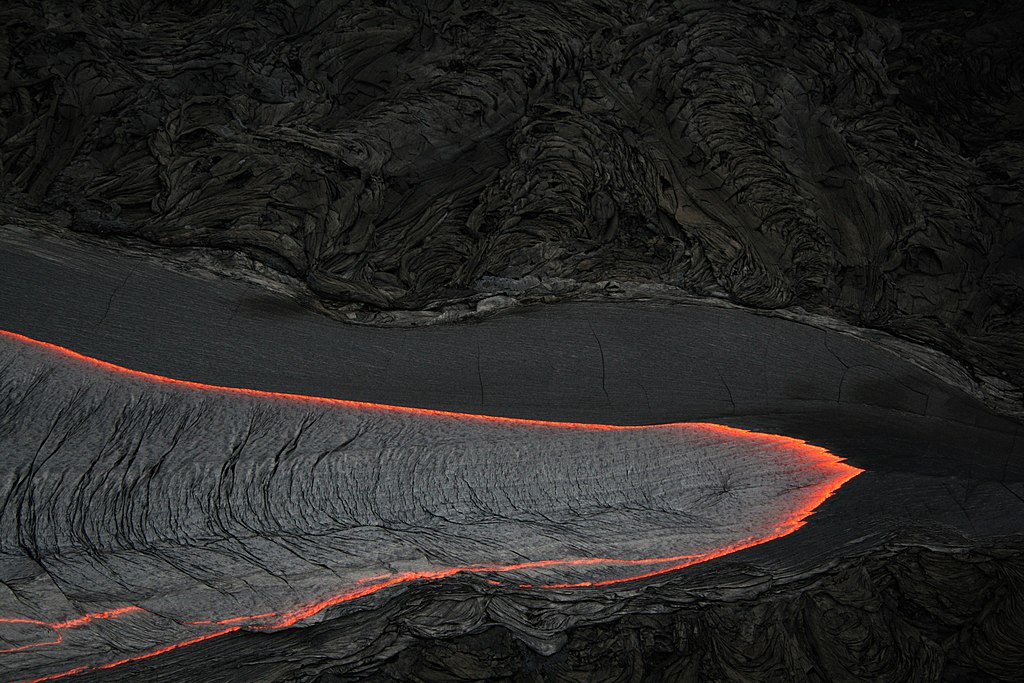
Supervolcanic events frequently created physical barriers that fragmented dinosaur populations, accelerating speciation through geographic isolation. Massive lava flows, ashfall deposits, and subsequent landscape changes effectively created new biogeographic provinces, separating previously connected habitats and the dinosaur populations within them. When populations become isolated, they evolve independently in response to their local environmental conditions, eventually developing into distinct species – a process called allopatric speciation. The fossil record shows evidence of this process following major volcanic episodes, with previously widespread dinosaur species diverging into distinct regional variants after volcanic disruptions. For example, the massive eruptions that formed the Deccan Traps in the Late Cretaceous appear to have contributed to the high dinosaur diversity observed in that period, with distinct species assemblages evolving on different landmasses. Volcanic island formation also created opportunities for isolated evolution, with some dinosaur groups becoming stranded on volcanic islands and evolving distinct characteristics, including the phenomenon of insular dwarfism observed in some island-dwelling dinosaur species. These volcanic-induced speciation events significantly contributed to the remarkable diversity of dinosaur forms that evolved throughout the Mesozoic Era.
The Deccan Traps and the End of the Dinosaur Era
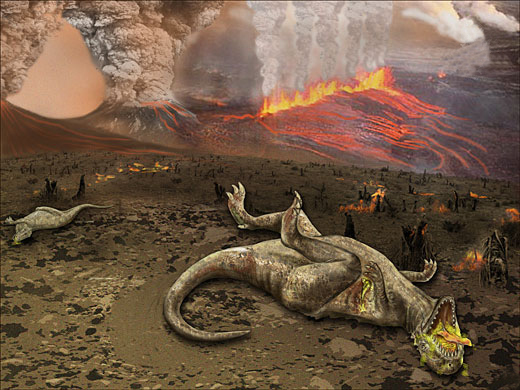
The formation of the Deccan Traps in what is now India represents one of the most significant supervolcanic events coinciding with dinosaur extinction. These massive flood basalt eruptions began before the famous Chicxulub asteroid impact and continued afterward, covering over 500,000 square kilometers with lava flows up to 2 kilometers thick. Recent high-precision dating indicates the most intense eruptive phase occurred remarkably close to the end-Cretaceous mass extinction that eliminated non-avian dinosaurs approximately 66 million years ago. The environmental effects were severe, with eruptions releasing enormous quantities of sulfur dioxide, carbon dioxide, and mercury, causing acid rain, climate disruption, and toxic contamination of food chains. While the asteroid impact delivered the final blow to dinosaur dominance, the Deccan Traps eruptions had already placed dinosaur populations under significant stress, potentially reducing their diversity and resilience prior to the impact. This theory of ecosystem weakening is supported by declining dinosaur diversity in the latest Cretaceous fossil record, particularly in areas closer to the eruption site. The combined effects of these two catastrophes – supervolcanic eruptions and an asteroid impact – created environmental challenges too extreme for most dinosaur lineages to overcome, ending their 165-million-year reign and clearing ecological space for mammalian diversification.
Survival: Avian Dinosaurs and Evolutionary Legacy

Despite the extinction of all non-avian dinosaurs, one dinosaur lineage did survive the end-Cretaceous cataclysm – the avian dinosaurs that would evolve into modern birds. The survival of this lineage through supervolcanic and asteroid-induced environmental catastrophes was not random but reflected specific adaptations that proved advantageous during this crisis period. Birds’ small body sizes required less food during resource-limited periods, while their flight capabilities allowed greater mobility to escape locally devastated regions. Additionally, many early birds had evolved beaks capable of consuming seeds, which remain viable food sources even when living plants die off during extinction events. Genetic studies suggest that ground-dwelling birds were hit hardest by the extinction, while those that could forage in trees had better survival rates, suggesting that forests provided critical refuges. The adaptations that helped avian dinosaurs survive were largely the same features that had evolved in response to previous supervolcanic disruptions throughout the Mesozoic, demonstrating how evolutionary responses to volcanic pressures shaped dinosaur evolution right through to their modern descendants. Today’s 10,000+ bird species represent dinosaurs’ evolutionary legacy, their diverse adaptations partly shaped by their ancestors’ responses to supervolcanic events over millions of years.
Conclusion
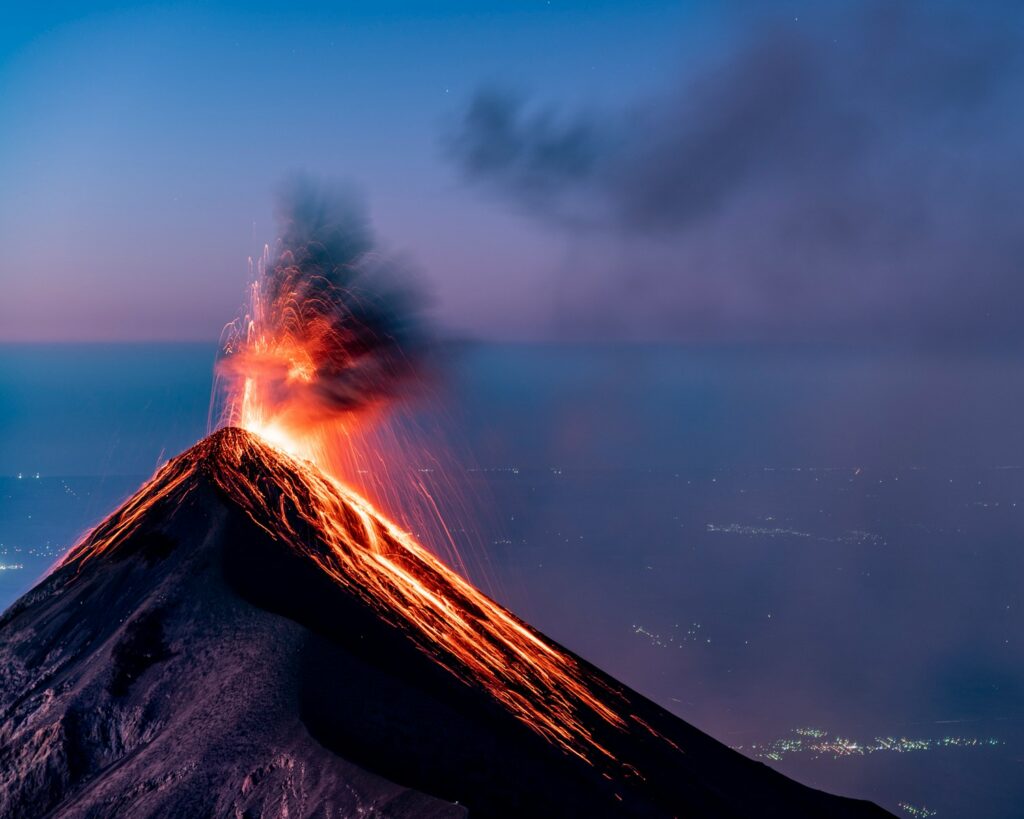
The relationship between supervolcanoes and dinosaur evolution reveals nature’s paradoxical pattern: catastrophic disruptions often drive evolutionary innovation. Throughout the Mesozoic Era, massive volcanic eruptions repeatedly altered global environments, eliminating many species while creating new opportunities for survivors. Dinosaurs’ remarkable 165-million-year dominance wasn’t achieved despite these volcanic disruptions but partially because of them. Their respiratory efficiency, thermal adaptations, and dietary flexibility—traits that proved advantageous during volcanic crises—were refined through repeated exposure to these extreme selective pressures. When the final combination of the Deccan Traps eruptions and the Chicxulub asteroid impact created an environmental challenge too extreme even for non-avian dinosaurs, their avian relatives survived, carrying the evolutionary legacy of dinosaurs into the modern world. In studying this relationship, we gain insight into how catastrophic events don’t merely destroy but reshape the course of life on Earth, creating the evolutionary pressures that drive adaptation and ultimately, biodiversity.

